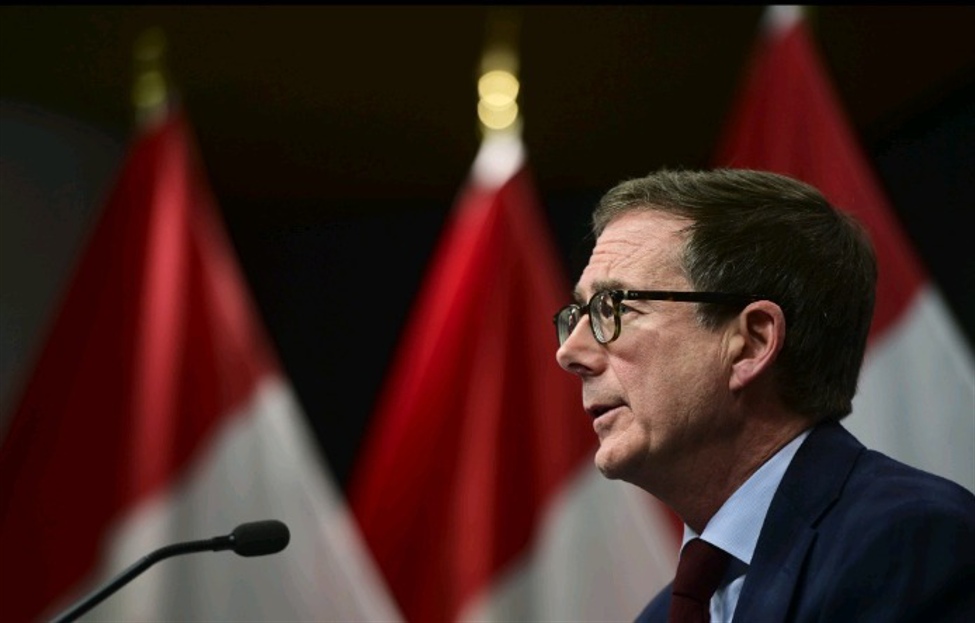
There is no reason for the Bank of Canada overnight target rate to be at 3.75% any longer.
The economy is sliding and unemployment has risen to 6.8% from a low of 4.8%. The housing market is slumping in much of the country and population growth is slated to go into reverse for the next two years.
Canada unemployment rate
Canadian consumers have held up surprisingly well so far but the weight of interest continues to bite. Canadian mortgages largely work on 5-year re-set cycles so all the buyers from the ultra-low rates of 2020 and 2021 will be hit with inevitably-higher resets in those years.
One quirk the Bank of Canada will have to work through is a two-month VAT holiday that starts December 14. That’s will skew economic data and CPI numbers for a number of months and will complicate the BOC’s job. The government has also floated a $250 giveaway to taxpayers though that’s not yet finalized.
Layered into that is the threat of US tariffs followed by a likely renegotiation of the NAFTA agreement in 2026.That’s another source of potential uncertainty at a time when the outlook is glum.
For the Bank of Canada, it’s not really a question of whether to cut but how quickly and how deeply. The market is pricing in a 92% chance of 50 basis points on Wednesday at 10 am ET, so that’s likely a done deal. Beyond that, the BOC is most-comfortable with a data-dependent approach so I wouldn’t anticipate any strong signals.
The question of ‘how deeply’ is tougher to evaluate but market pricing now is for 2.60% by year-end 2025, which is about 75 bps of additional cutting next year. I lean towards expecting more cuts, which should further depress the loonie but I wouldn’t expect any strong signals just yet.
As for Wednesday, expect a kneejerk reaction lower in the loonie but limited to 50 pips.


